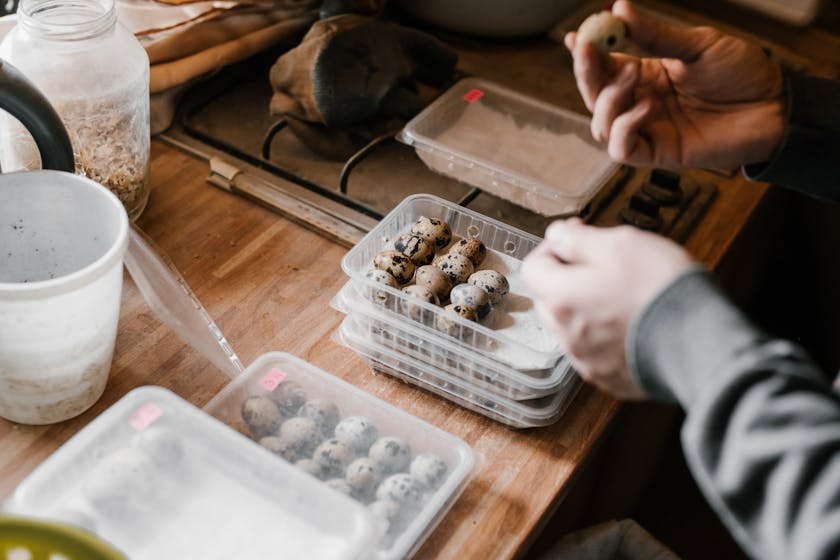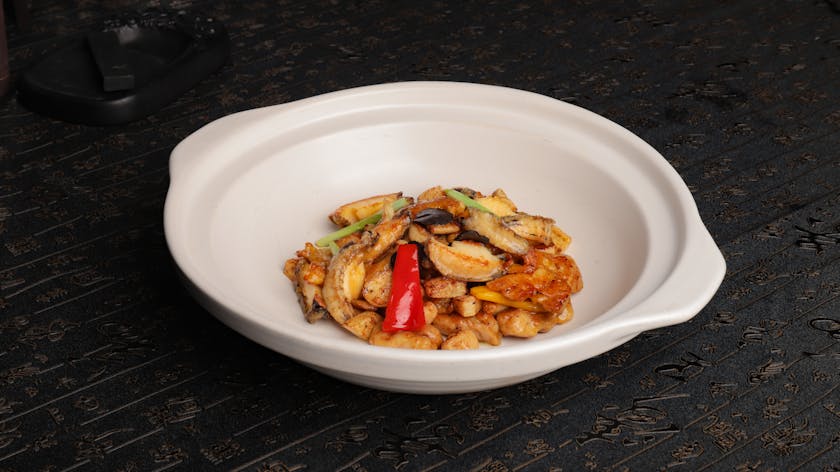When considering bulk meal storage for emergency preparedness, once-a-month cooking can be an invaluable strategy. It’s not just about having enough food; it’s about ensuring that your supplies are well-organized, easily accessible, and nutritionally balanced to support you through unexpected situations.
Understanding the Basics of Bulk Meal Storage
Bulk meal storage is a critical component of emergency preparedness, and understanding how to do it effectively can make all the difference. A once-a-month cooking plan involves preparing and storing large quantities of meals that can be quickly thawed and served with minimal additional preparation.
Choosing the Right Foods for Your Meal Storage
When selecting foods for your bulk meal storage, focus on non-perishable items and ingredients that can be combined into various nutritious meals. Grains, legumes, canned vegetables, and meats are staples that can last for extended periods when stored correctly.
Proper Storage Techniques to Maximize Shelf Life
Storing your once-a-month cooked meals requires attention to detail. Use vacuum-sealed bags, airtight containers, or heavy-duty freezer bags to prevent freezer burn and preserve flavor. Label each package with the date of storage and contents to keep track of your inventory.
Planning Your Once-a-Month Cooking Day
Devoting one day a month to cooking in bulk requires planning. Create a menu based on the storage life of dishes, the seasonality of ingredients, and the nutritional needs of your household. Make sure to rotate your stock to use the oldest meals first, ensuring nothing goes to waste.
Organizing Your Kitchen for Maximum Efficiency
Before your cooking day, organize your kitchen. Ensure all the tools you’ll need are clean and within reach. Group ingredients for each recipe together to streamline the cooking process, and clear out your freezer to make room for the new batch of meals.
Safe Food Handling and Preparation
Food safety is paramount. Always wash your hands before handling food, avoid cross-contamination by using separate cutting boards for meats and vegetables, and cook foods to their recommended temperatures. Cool dishes quickly before freezing to prevent bacterial growth.
Preserving Meal Quality During Storage
After cooking, let dishes cool completely before packaging them for the freezer. This prevents condensation, which can lead to freezer burn. Wrap items tightly and remove as much air as possible from containers to preserve quality and taste.
Efficient Use of Freezer Space
Maximizing freezer space is crucial for bulk meal storage. Flat-pack freezer bags and stackable containers can help you utilize space efficiently. Remember to keep a balance between variety and quantity to avoid monotony in your meals.
Regular Inventory Checks and Maintenance
Conduct monthly checks of your meal inventory. Use a first-in, first-out system to ensure older meals are used before newer ones. Keep an eye on expiration dates and inspect packages for any signs of damage or freezer burn.


